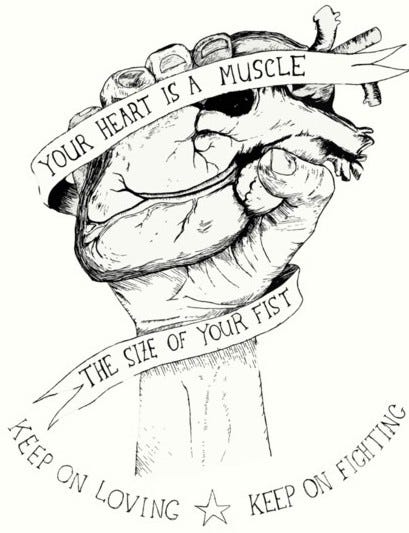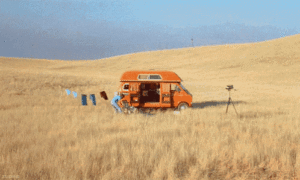McQuaids, an Irish bar in Hell’s Kitchen on 44th and 11th, closed this month. That, in itself, is unfortunately not notable. The five stories built above it are.
New York City has a lot of Irish bars and a lot of bar closings. McQuaids was a great, long-running bar but far from as old as McSorely’s or as acclaimed as The Dead Rabbit.
What it was, for all but the last few years of its existence, was a single story. That changed, not due to a corporate firm, or a rich real estate investor, but due to the owner of the bar and the building, Tom McQuaid.

Hell’s Kitchen has been a rapidly changing area. New high rises sprout up, a Target opens, the neighborhood shifts. Ultimately, like Manhattan as a whole, the progressive drumbeat pushes buildings ever upwards towards the sky.
Most of this progression is driven by outsiders. Foreign firms build and bankrupt condos, real estate corporations come in with sophisticated plans and piles of money. They buy out existing owners to enable their grand visions. In the face of outside cash and the air of inevitability, people sell, and rationally so.
Tom did not do that. Tom borrowed a lot of money against his building, and built five new stories of office space. He had to shut down the bar for construction, and McQuaids was temporarily closed for years as the work was done.
This is about the time I moved to the neighborhood. Drinking at different places in the area, it was common to run into McQuaids refugees, barflies and bartenders who were biding their time, waiting to return to McQuaids once it reopened. I’d walk by and peer in the windows, to try to get a sense of why these folks loved this place so much.
The construction finished, and reopening was scheduled, as planned, right before St. Patrick’s day. McQuaids soft re-opened, with both a gleaming bar interior and a large “office space for rent sign”, on March 10th, 2020.
Then, as we all lived through, the world fell apart. McQuaids did reopen that summer, serving five dollar pints of Guinness (real pints) out of a window. The “for rent” sign remained. It’s hard to imagine a worse time to be involved in both the bar and commercial real estate business.
New York has recovered in its own scarred way, jagged and lovable. Eleventh Ave office real estate, never a hotspot, has not. Oglivy, the large ad agency whose presence on 11th was worthy of a brass plaque on their building, moved downtown in 2021. The floors above McQuaids remained vacant.
Even as the bar fully reopened, the upper floors have stayed empty. Those floors became an albatross, and without tenants, look to have forced Tom to close and sell the whole building.
The limited news coverage has been pretty rough on Tom. It talk about a “novice developer squeezed”, and “blue collar people who had to keep up coming up with money.” This coverage misses the point.
I am far from knowledgeable on both running bars or owning office space. I have no clue on the veracity of the news coverage. What I do know, is that Tom McQuaid built five stories.
In doing so, when so many others sold and left, Tom’s become the Man in the Arena personified to me. To paraphrase Teddy Roosevelt, the critics and backseat drivers don’t matter. Tom McQuaid’s plan may have not have worked, but at least it was audacious. It failed, but failed by daring greatly. That is chutzpah. That is heart. What could be more admirable than that?

(photos from Phil O’Brien at w42st.com)




